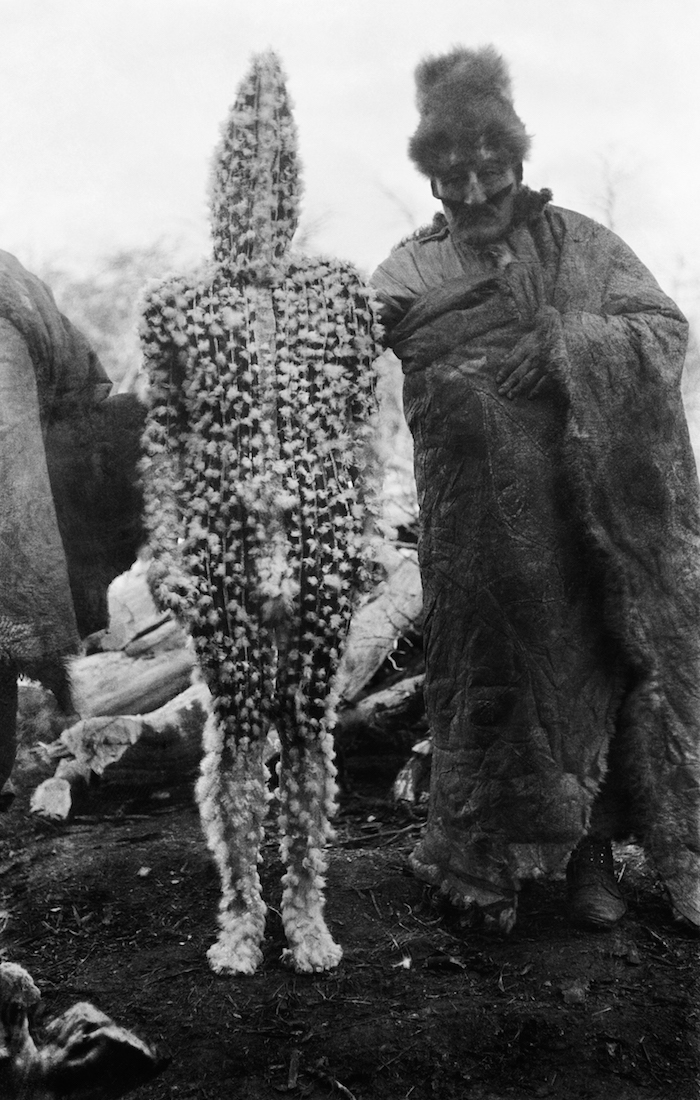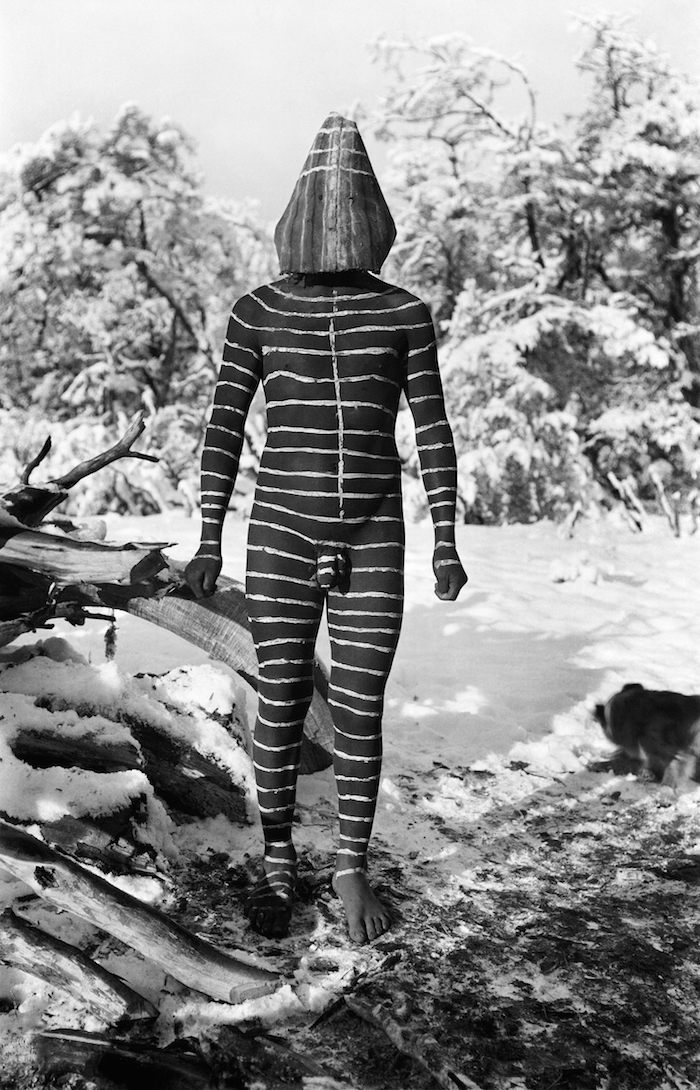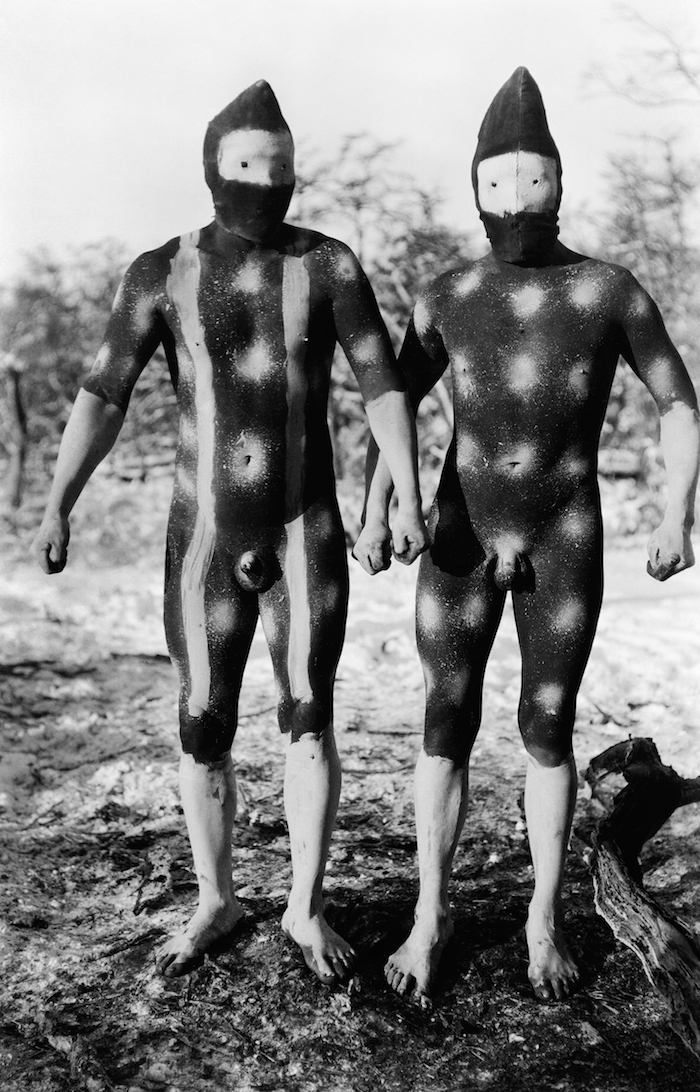Bruce Chatwin grew up in postwar England and was obsessed with a piece of skin. It was leathery, with thick strands of reddish hair. Pinned to a piece of cardboard, it was displayed in a glass-fronted cabinet at his grandmother’s house. He was told that it was the hide of a brontosaurus that had been sent to England by his grandmother’s cousin after he survived a shipwreck in the Straight of Magellan.
Unsurprisingly, this story proved to be untrue. But the hide was a talisman for Chatwin. It would inspire a journey that resulted in one of the most evocative travel books ever written, In Patagonia.
Historical facts mattered to Chatwin, but historical lyricism mattered more. He tells the story of Jemmy Button, a Yaghan Indian who was taken by Captain FitzRoy, of the HMS Beagle, and brought to London, where he was taught English, indoctrinated into Christianity, and schooled in how to dress like a proper gentlemen. He even had an audience with Queen Adelaide and William IV. Button returned to Tierra del Fuego on the Beagle the following year. Also on board for the journey was another young man: Charles Darwin.

K’terrnen, the spirit Xalpen’s baby, is presented to the woman by the shaman Tenenesk. Entirely daubed in red ochre, his body is covered with fluffy goose down.
Darwin liked Button, but he was repelled by the Fuegian Indians, who, he wrote, were “stunted in their growth, their hideous faces bedaubed with white paint, their skins filthy and greasy … ” He dismissed both their tools and their language. He could hardly believe they were “inhabitants of the same world.”
Chatwin tells the story of Button and Darwin in his book. I remembered this story while looking at some of the 1,200 photographs taken by Martin Gusinde, an Austrian missionary, who on four trips—between 1918 and 1924—attempted to understand and document the Fuegians in a way that Darwin never did. The photographs are currently on view at the Rencontres d’Arles Photography Festival in Arles, France and they are published in The Lost Tribes of Tierra Del Fuego.
Gusinde was the first white man allowed to participate in the sacred Hain initiation ceremony, as well as to photograph it. What we see is the human body transformed, redesigned into representations of spirits. Red ochre earth, guanaco fat, white paint ground from animal bones, and black charcoal turn the human body into representations of the sky of the sea, the sky of the snow, the sky of the wind, and the sky of the rain, as part of a year long initiation designed to prepare young men for the rigors of adult life.
Gusinde spent hours during the initiation rites attempting to empty himself of his preconceptions. “I tried to strip myself of European thinking, the values of modern life and all personal feeling,” he wrote, “in order to try to understand a conceptual world that was strikingly singular.”

Ulen is a clown-like male spirit, whose role is to entertain the audience of the Hain.
By the time Chatwin travelled to Patagonia in the late 1970s there was only one full-blooded Yaghan, Grandpa Filipe, still alive. Chatwin visited him in his shanty where he was making a small bark canoe, with a miniscule harpoon, to sell to tourists.
It’s a short chapter, a prose portrait; a gem of a compressed profile. The melancholy of a people decimated by Western disease, and deprived of their land, is evoked rather than stated. Grandpa Filipe was, Chatwin surmises, probably related to Jemmy Button.
The rest of Button’s story is a cautionary tale. After being dropped off by the Beagle he reverted to his tribal ways. In 1855, a missionary schooner made contact with him and, after dressing in Western clothes, Button took tea with the captain in his cabin. It had been twenty-one years since he had left London.
From there the story takes a dark turn. Four years later, Jemmy led a massacre on an Anglican Church and eight white worshipers were killed. Only the cook, who was making lunch on board the schooner, escaped.

The Shoort spirits Télil, representing the sky of rain (northern sky), and Shénu, representing the sky of wind (western sky). Each mask, known as an asl, was made of guanaco leather stuffed with dried leaves and grasses.
Chatwin, like Gusinde, attempted to make the empathetic leap into the world of the Yaghan. He did this via a dictionary of over 32,000 words assembled by Thomas Bridges, another missionary, whose book Chatwin read in the British library. Chatwin discovered that the Yaghan language was laced with complexity and nuance. There was a specific verb for almost every action: okon was “to sleep in a floating canoe” and ukomona was “to hurl your spear into a shoal of fish without aiming at a particular one.” The synonym for a hiccough was “a tangle of trees that have fallen blocking the path forward.”
Bridges called the Indians the Yaghan after a place called Yagha. But they called themselves the Yamana. Used as a verb yamana meant “to live, breathe, be happy, recover from sickness or be sane.” The Yaghan’s never did recover from their encounter with the West. Button killed eight white men, but we killed an entire population, and their culture. Chatwin’s words, and Gusinde’s images, are all that is left.
All images: © Anthropos Institute, Sankt Augustin, Germany.
